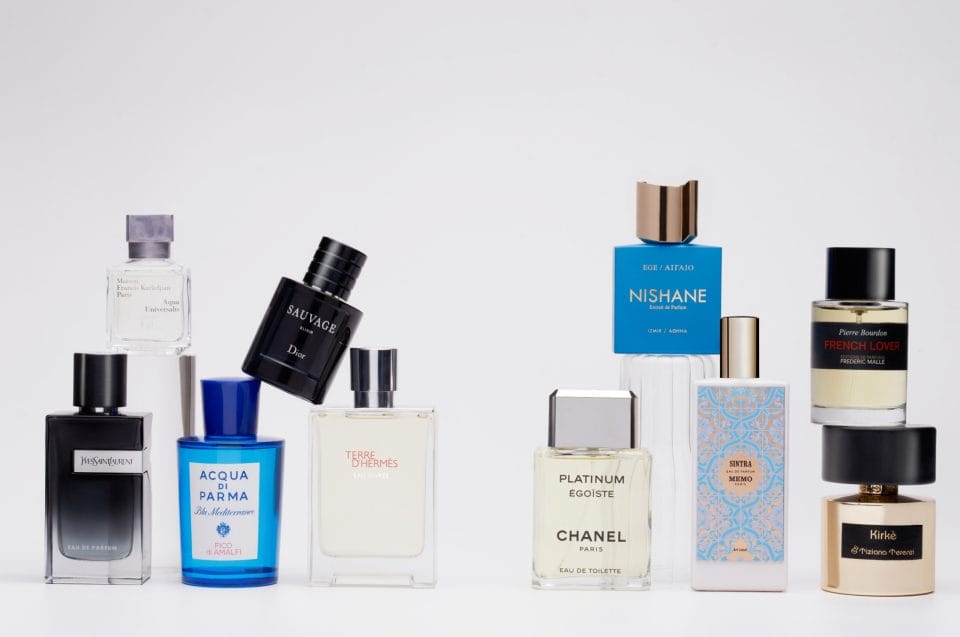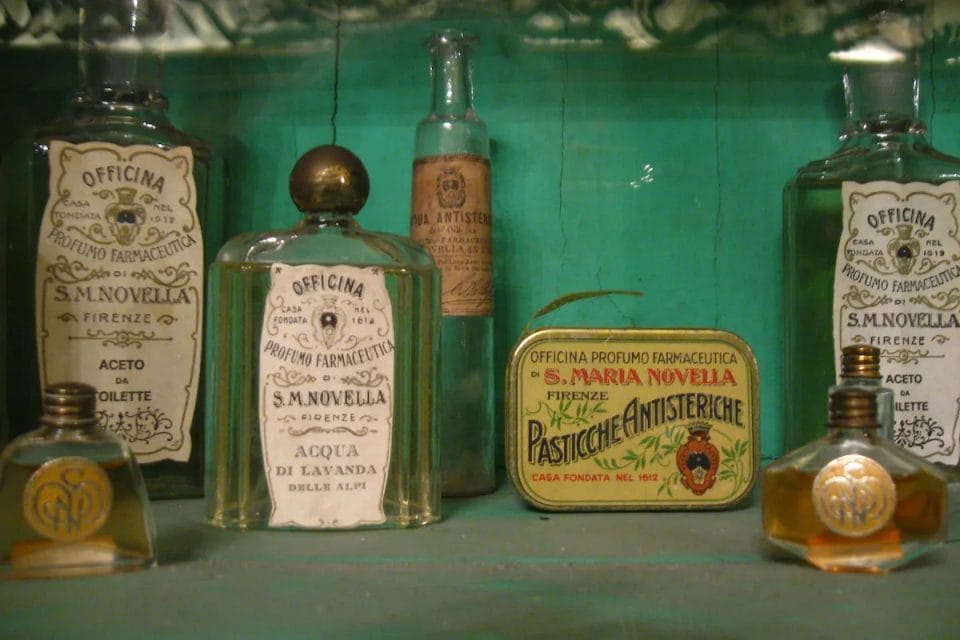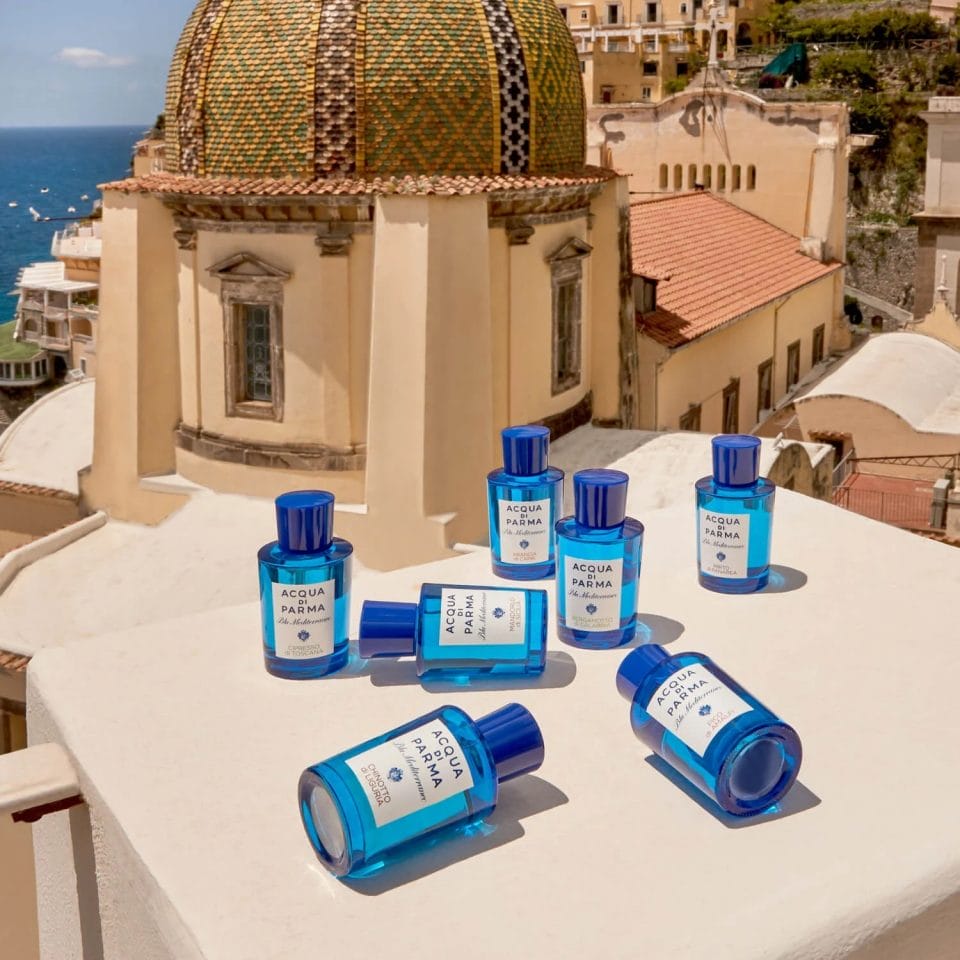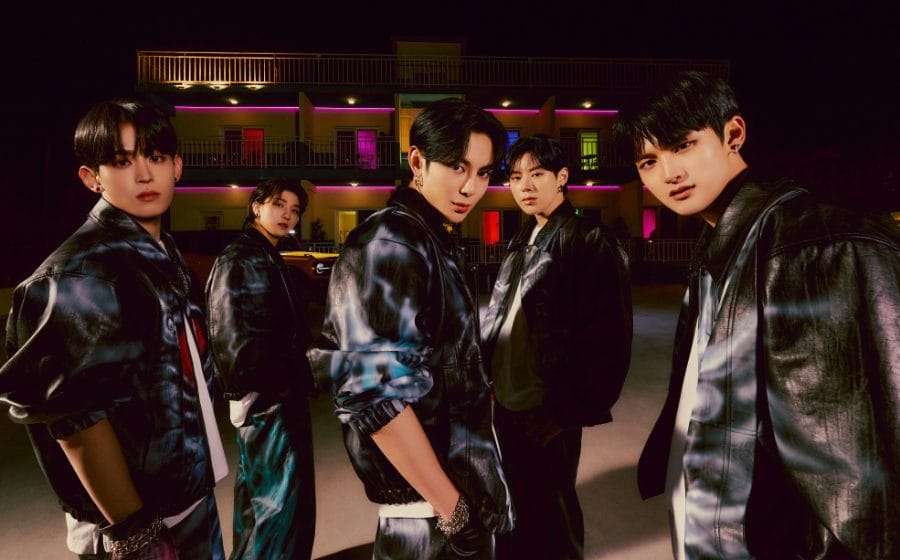
With a new generation of fragrance enthusiasts who are looking for the next big thing, we revisit the classics and cult waters of our time.
At any one time in the cosmetics cathedral that is Sephora, there are over 200 men’s fragrances populating the floor and the figure doubles or triples if one is game to cross the gender divide. The best-sellers however, often do not change on the billboard. Some have been bolstered by having a beautiful formula that transcends lifestyle, gender, or generational appeal while others have simply tapped into the magic of celebrity-adjacent branding.
The context of this story, however, would be to talk about what we call sleeper hits — cult fragrances that have not made it into the consciousness of the public but carry cultural cache. “You might not have heard of this” is a riposte steeped in smugness as it is in satisfaction. An answer to their quietude frankly is hard to attain. Cult fragrances (and especially the ones here) already have a three-prong appeal like the blockbusters — vanity with their brand symbolism, admiration with their level of olfactory prowess, and emotion with their triggering of imaginations.
But put straightforwardly, simply launching a product is sometimes not enough.
Chanel’s Platinum Égoïste — the 1993 flanker to its 1990 original — is still as relevant today as when it was launched today with spice, wood, and vanilla that stoke the dark desires of its wearer and the people surrounding him. However, its popularity waned out in the noughties when it became a legend to those coming of age or amongst fragrance fans. Its debatable popularity has been said to be attained from its advertising or somewhat lack thereof.
One must bear in mind that the scent strip, full-colour ad, and television commercial tied up with a celebrity or two were the norm in the era. However, the Platinum Égoïste advertisement was deemed too art-house-like and without a familiar face.

The concept of advertising, and when it concerns perfumes, dates back to 1533 when Santa Maria Novella, a luxury apothecary in Florence, Italy, created a signature fragrance for the fourteen-year-old Catherine de Medici upon her marriage to Henry II of France. It was called “Acqua Della Regina” or “Water Of the Queen” and is regarded widely as the world’s first celebrity fragrance.
Thomas J. Barratt, the father of modern advertising, took it one step further in the late 19th century. He tapped into what psychologists call “key ideas” — the desire to belong, nostalgia, and subconscious fears — and ushered in the golden age of fragrance advertising.
As we mentioned before, magazines became more than just vehicles for runway trends. They were tomes (or humorously termed door stoppers by some industry goers) of scent strips or coloured fragrance ads that were placed at the “front of the book”. Scents such as Dolce&Gabbana’s Light Blue, Giorgio Armani’s Acqua di Gio and Ralph Lauren’s Polo Blue elicit a vanity game amongst brands bidding for a position: a seating plan akin to the Peace Conference at Versailles with advertising executives playing the roles of jesters.

On the other hand, cult fragrances need not always leverage luminaries or advertising. In Hermès Terre d’Hermès case, it required perfect alignment with the times by ignoring trends. Its scent was as clean as it was concise compared to the syrups or acrid waters, and its subliminal design choices — a clear-glass bottle with a handsome matte stopper — made it stand out even more. Even its name was superb, Land of Hermès, as it translates into could immediately telegraph what was within.
Master perfumer Jean-Claude Ellena’s vision of the sky, and earth to keep a man rooted down to his feet — an aesthetic that Christine Nagel is continuing with the Hermès Terre d’Hermès Eau Givrée flanker.

Acqua di Parma’s Fico di Amalfi, which launched in 2006 as an extension of the Blu Mediterraneo line, proved that popularity can be garnered with a solidly made product that provides both hype and heart. The former’s iconic packaging has become a lexicon of the brand’s language (an exacting shade of blue not used by other brands), and the latter telegraphs an Italian mystique from the past with its ingredients.
Another example is Yves Saint Laurent’s Y, which launched as an extension of the brand’s ready-to-wear that brought Anthony Vaccarello’s vision to life — svelte and sensual sexuality for those wary of reeking pheromone-drenched.
It too can be slyly hinted here that it is one of the rare occasions where a founding House and its beauty conglomerate counterparts can see eye-to-eye concerning imagery. The latter often believes in cash over culture: a feat some House designers have publicly expressed their disappointment when a beauty conglomerate releases advertising campaigns.

To talk about blockbusters without the merest mention of Dior Sauvage would be a disservice. While reports have shown it to be the first men’s fragrance in history to rise to the top in the market, statistics suggest a bottle is purchased every three seconds.
It is an utmost proof that sometimes, success starts from a make’s method, (Francois Demachy is a stickler for standards. For example, he travelled the world to find the precise variety of bergamot used) down to how it is publicly perceived by compelling commercials (the House has a Rolodex of faces from Johnny Depp to Wang Jun Kai and Nam Joo-hyuk) or even its perceived cultural value on TikTok.
Gone are the days where virtual word of mouth is gleaned from Reddit or Instagram: the new hotbed of conversations now centres around TikTok where tastemakers, though often with their own being questionable, can make or break a fragrance. Frederic Malle’s French Lover and Memo Paris Sintra have reached TikTok’s Valhalla. Both brands and fragrances currently have their search terms, and the popularity of Maison Francis Kurkdjian has seen a surge since its Baccarat Rouge 540 became a trend itself on the social media app.
Inevitably, the internet is now an open university to dip into what fragheads (those with wide fragrance knowledge) call sleeper hits or niche fragrances. A consensus would be that there are three necessities to be qualified as something niche. Fragrance brands of the unconventional tend to have their in-house nose like in the olden days, and have an almost-authoritarian approach to the distribution of their products, and one more than we admire but also admit with pity: they often do not put out advertisements.
If we could write just one rule, it would be that niche fragrances could come from brands that do not have classically trained founders. Nishane’s Mert Guzel and Murat Katran lived previous lives as luxury coffee table book publishers and steel product exporters respectively: a Proustian tale for one to figure out for himself at the AMARIS boutique.
Once you’re done with this story about cult fragrances, click here to catch up with our August 2022 issue!







